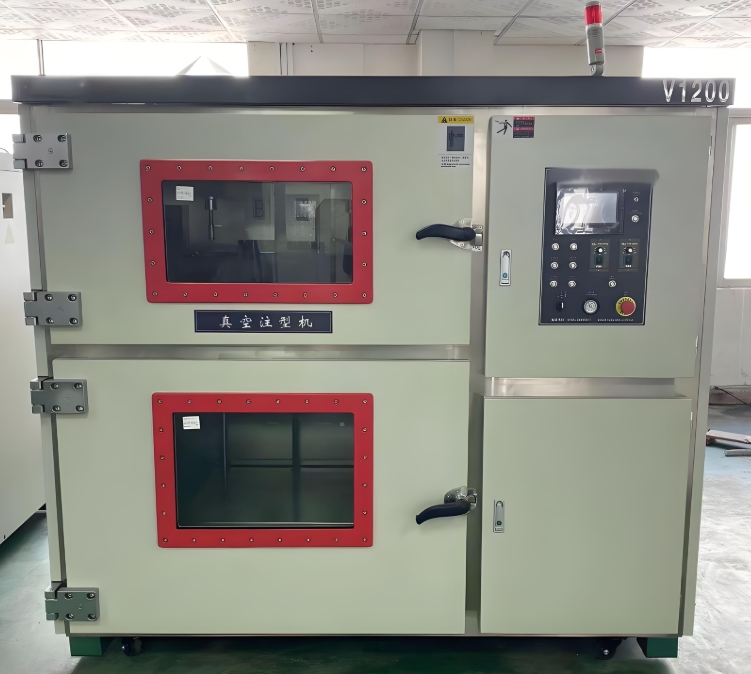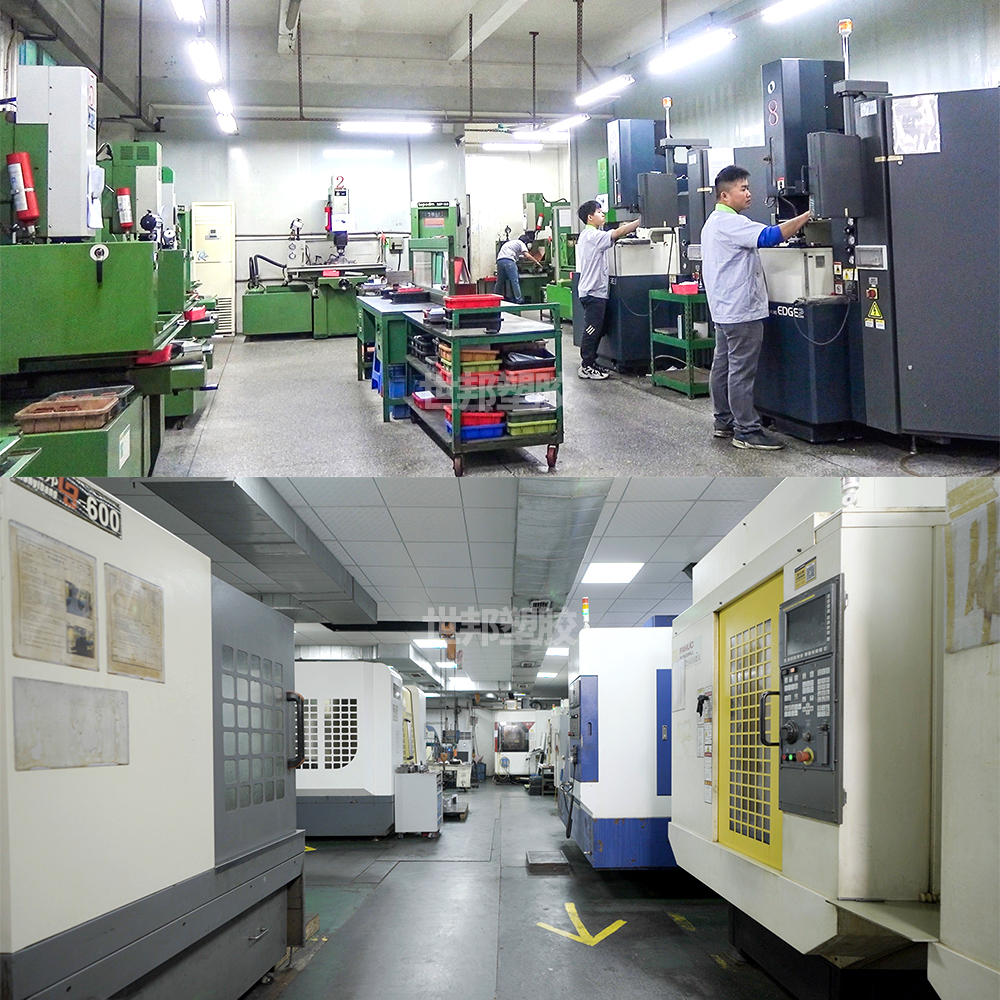The core difference between conventional injection molding and vacuum injection molding lies in the contrast between the "passive defense" and "active elimination" gas management strategies.
Traditional molds rely on passive venting methods such as vent grooves (with a gap of 0.02 - 0.04mm) and porous materials like breathable steel. Essentially, this approach "allows gas to escape but cannot completely remove it."
Industry pain - point data in 2023: For complex thin - walled parts (such as the housings of new energy vehicle charging guns), the yield loss due to trapped gas reaches 12% - 18% (Source: APC 2023 White Paper).
By using a vacuum pump (with an ultimate vacuum degree of over -0.095MPa), a space - like environment is created before the melt is filled, achieving "gas - free" conditions.
Technological breakthrough: In recent years, the emerging zoned dynamic vacuum control technology (such as the ENGEL viper vacuum system) can perform separate evacuation for deep ribs and micro - channels, solving the problem of local gas residues in traditional vacuum injection molding.

Dimension | Conventional Injection Molding | Vacuum Injection Molding |
Microstructure | Porosity > 0.3% (ASTM D792) | Porosity < 0.05% (Medical - grade standard) |
Light Transmittance Performance | Haze value > 15% (for PC material) | Haze value < 2% (Optical - grade requirement) |
Mechanical Strength | Anisotropy difference of 8% - 12% | Anisotropy < 3% (Military - grade device standard |
New Energy Field: 4680 battery insulation brackets (Vacuum injection molding eliminates the risk of electrolyte penetration).
Consumer Electronics: VR lens modules (with nanoscale surface roughness requirements).
Biomedical Field: Degradable cardiovascular stents (to avoid thrombus formation caused by micro - pores).
The traditional cost perspective holds that the equipment investment for vacuum injection molding is 25% higher. However, in 2024, the industry began to adopt the Life Cycle Cost (LCC) model:
Yield Economy: Data from a Tier1 automotive supplier shows that after switching to vacuum injection molding, the yield of high - gloss grille parts increased from 76% to 94%, and the unit comprehensive cost decreased by 19%.
Material Innovation Dividend: Bio - based high - temperature nylon (such as DuPont Zytel® HTN FR52G) used in conjunction with the vacuum process can reduce weight by 30%, meeting the lightweight trend of electric vehicles.
Mold Technology Iteration:
Modular vacuum sealing systems (such as HASCO Vario) reduce mold modification costs by 40%.
The integrated design of 3D - printed conformal cooling and vacuum channels is becoming a new trend.

Product Iteration Speed: Vacuum injection molding is more suitable for high - premium products with a life cycle of more than 5 years.
Carbon Footprint Requirements: The vacuum process reduces the scrap rate, which is more in line with the ESG regulatory trend.
Micro - structure Complexity: For ribs with a thickness greater than 0.2mm, vacuum injection molding is recommended.
Material Sensitivity: Materials sensitive to hydrolysis (such as PLA) must be processed in a vacuum environment.
Surface Treatment Process: Parts that require subsequent electroplating or spraying should be preferentially considered for vacuum injection molding.
Intelligent Requirements: The data of the vacuum system can be integrated into the MES for process self - optimization.
Gradual Transformation: Install the Hasco Vacuum Jet system on existing molds, with a cost of less than $30,000 per set.
Traps in Material Testing: In a vacuum environment, the material fluidity increases by 15% - 20%, and the shear heat effect needs to be re - verified.
Vacuum Degree Calibration: It is recommended to use a piezoresistive sensor to detect the vacuum degree decay every 500 molding cycles.
Vacuum injection molding has evolved from a "high - end optional process" to an "infrastructure for precision manufacturing." Especially with the EU's PEF regulations (to be enforced in 2025), its material - waste - reducing characteristics will accelerate its popularization. However, conventional injection molding still dominates the standardized fast - moving consumer goods sector. Engineers need to develop a "process combination" mindset instead of making an either - or choice.
(The data sources of this article are: 2023 International Plastics Engineering Conference, ASME Injection Molding Technology Annual Report)
Copyright © 2023 :Worldbound Plasitc Products Co.Ltd